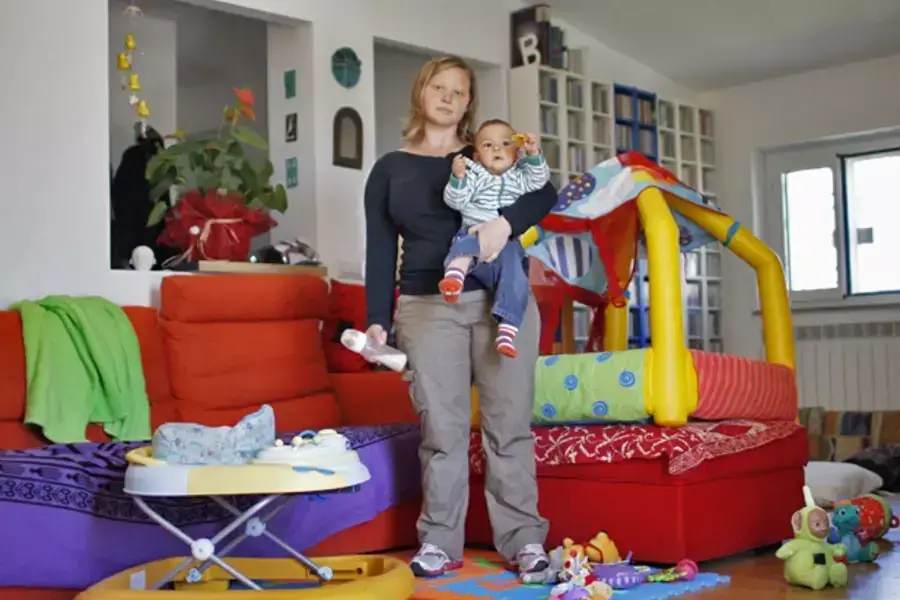Policy Initiative Spotlight: A One-Stop Welfare Shop

More on:
The United Kingdom is implementing a major welfare reform, replacing a constellation of social support programs with a single monthly payment, the universal credit. The amount a recipient receives will be based on income level of the prior month, with additional amounts for disability, caring responsibilities, housing costs, and children. Touted as the most significant reform since the 1940s, the universal credit went into pilot phase in April 2013, with broader rollout to run from October 2013 to October 2017.
The reform has two major goals: aligning recipient incentives to “ensure that work always pays” and to simplify the social system. The universal credit is promoted by conservative MP Iain Duncan Smith, who has led the Department for Work and Pensions (DWP) since May 2010. The universal credit will merge six working-age programs: 1. income-based jobseeker’s allowance, 2. income-related employment and support allowance, 3. income support, 4. child tax credit, 5. working tax credit, and 6. housing benefits.
Proponents of the reform are concerned about a “poverty trap” (also known as a “benefit trap”), when social program recipients have a strong disincentive to work or seek a higher paying job because the value of government benefits they would lose is higher than the incremental wages they would earn, a consequence of phase-outs that reduce benefit eligibility as income rises.
Phase-outs—also referred to as means-tests—are intended to concentrate benefits on the neediest, and keep overall program costs in line. Poverty traps come into play not only in anti-poverty programs, but also in other social programs such as health insurance subsidies.
One method of abating poverty traps is to gradually phase-out benefits as incomes increase, rather than taking away the entire benefit when a particular income threshold is crossed. An analysis of the UK’s universal credit scheme shows a withdrawal rate—the rate at which benefits are reduced for every incremental dollar of income beyond an initial threshold—of 65 percent, though the income threshold for the phase-out varies by family size and other factors.
That is a more than triple the rate of the U.S. earned income tax credit (EITC), which provides assistance to low income families through the income tax code. EITC is a refundable tax credit introduced in 1975 that has been expanded several times since, most notably in 1993. In 2013, the highest EITC withdrawal rate was 21 percent – meaning that a recipient would only lose 21 cents in benefits for each additional dollar earned. The U.S. EITC experience does appear to create strong incentives for welfare recipients to earn more. Indeed, studies show that the EITC is effective in encouraging employment, with long-term benefits to children of recipients.
The UK’s universal credit scheme will pay for all benefits once a month, designed to mimic how salaries are distributed so that recipients gain experience in budgeting. The reform also seeks to simplify the administrative burdens for the government and beneficiaries, on the theory that more accurate information will help reduce fraud. Claimants will also have a one-stop shop for social programs, intended to help them seamlessly transition from one program to another as their life circumstances change. This one-stop shop will be online, where claims will be entered and managed, and employers will be required to provide weekly data to the government so it can verify claimant eligibility.
Opponents of universal credit have pointed to the potential for information technology snafus as a major concern. Critics worry further about the disparate effects on recipients. DWP estimates that 3.1 million households would qualify for higher benefits under universal credit, while 2.8 million households would be entitled to less. While the transition to universal credit will be managed in a way so that existing recipients will not face a shortfall, there will be winners and losers among new claimants. Couples without children are expected to lose the most.
Detractors also argue that the benefits are overhyped, and see holes in the implementation, from IT resources to uncertainty over the role of local councils, who will likely bear the burden of assisting those who have difficulty with the benefits website. Some also argue that the reforms do not go far enough to restrain the growth of social support programs.
On balance, the UK is attempting an interesting reform which may better align support and incentives to those in need. DWP will assess the performance of its reform through the evaluation framework it issued in December 2012. While specific analyses are under development, DWP set five themes, including a “test and learn mindset” as well as more traditional cost-benefit analysis and evaluations of changing attitudes and behaviors. The ability of claimants to apply online will be an early test; the DWP target is for 50 percent of applicable claims to be made online when universal credit is launched nationally, rising to 80 percent by 2017.
More on:
 Online Store
Online Store